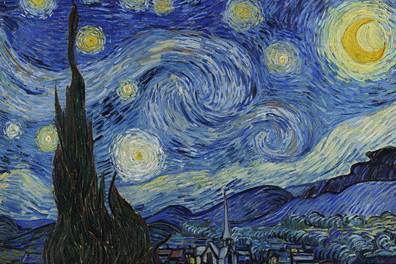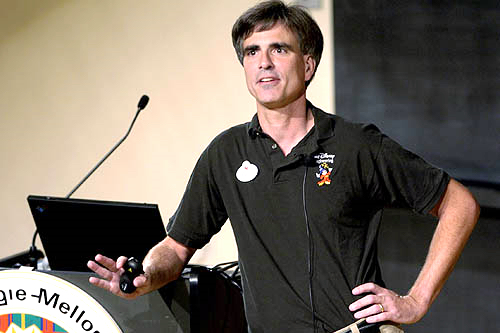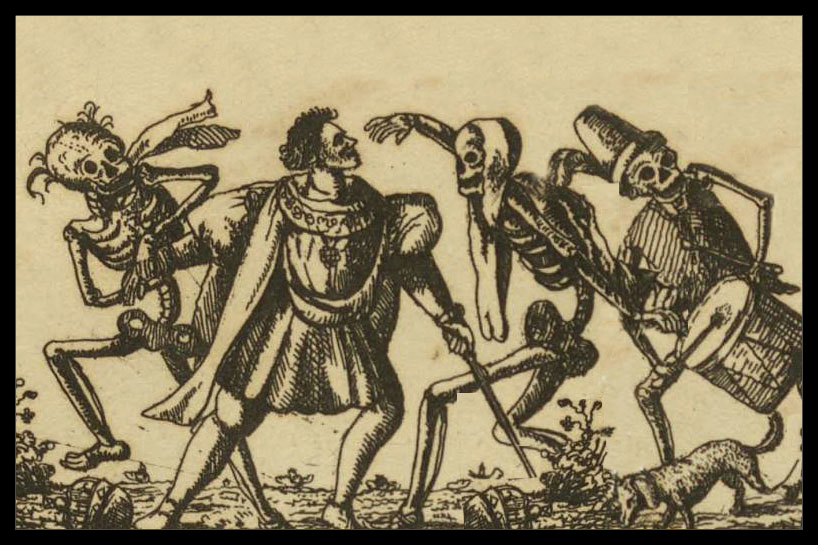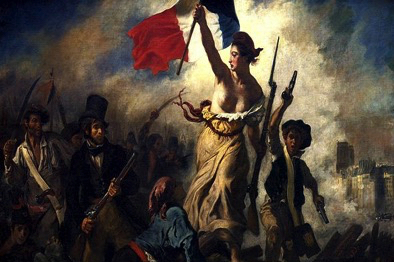The Joy of Coming of Age
|
This essay celebrates my personal attempts at putting the pieces of my life together...finally. While being right-brained, I have noticed for years that one of the benefits of functioning primarily from my right-hemisphere is creativity. However, the downside is that I tend to wander while I ponder things, which often leads to disorganization. The chaos created by disorder often forces me to put together the random pieces of my life. This phenomenon is what Steve Jobs called connecting the dots. This is the back-story of my coming of age. While babysitting for Jack and Owen in Indy, we have put together many puzzles. It is fun to watch the process of young children as they attempt to address the seemingly overwhelming process of putting the pieces of a puzzle together. One day, while we were playing with a puzzle, Jack looked at me as if to say, "Help." He did need a little help. Therefore, I told him something that I learned when I was his age. My Grandmother Oakford had told me to look for the straight-edged pieces first. Then you can construct the puzzle's border. Once you get the border completed, the rest of the pieces will come together far more quickly than if you just attempt to connect the pieces willy-nilly.
Thus began a learning lesson.
Well, that amazed him.
It's all coming together. Now, let us jump to the present. About eight years ago, I danced with death twice in the first several months of 2008. Both dances profoundly changed me. I am not the same person due to my struggling with death as we danced on those two separate occasions. Several years after dancing successfully with death, I was having dinner with a friend of mine, Mike Schmitt. I was telling him about the array of issues swirling around in my head. After many minutes of expressing all my feelings and thoughts to him, Mike calmly asked whether I had ever seen the video of the Last Lecture by Randy Pausch. I had not. The next day, I got an email from Mike with a link to Pausch's Last Lecture. Man, talk about putting the pieces of the puzzle of my life together. After watching the Last Lecture, I could frame my puzzle by putting all the straight pieces together. The experience was exhilarating. While dancing with death was transformative, Mike's observation and link to Pausch's Last Lecture allowed me to comprehend many of my thoughts and feelings. That lecture put the border around who I was. Now, I had words that organized a clutter of thoughts and feelings whirling within my brain. I could see a more complete puzzle of my life than I had ever seen before. It was transformative. Another group of pieces of my puzzle came together while on my trip to Myanmar. It took pieces of my puzzle from the civil rights movement a half century ago and connected them to the present in Myanmar. Connecting pieces in Myanmar with the pieces in America provided me a metaphoric feeling. In the 60s, I was active in the civil rights movement but not as motivated as I am now. Additionally, the experience in Myanmar changed how I address all issues. The proof of the change in me can easily been seen by comparing the amount of writing that I am doing today as compared to before going to Myanmar. That single trip caused me to be extremely driven. In fact, I had a routine appointment several days after returning to the States with Dr. Marchand, my cardiologist. He put into words precisely what I was feeling. He looked at me and said, "You have seen the light." I have outlined for you the process of putting the pieces of my life together. It makes life meaningful and understandable for me. The question is how my experience becomes a model for your own putting the pieces of your life together. Therein lies the real dilemma for me. We are not clones of each other. We are totally different and unique. Nonetheless, while our own experiences are unique, we share our humanity. Therefore, I want to share my methodology. One of the pieces of it is what my Grandmother Oakford told me about how to put a jigsaw puzzle together. Start by forming the border first with the straight edges. There are four straight edges:
If you work on this exercise, you will come of age as I have. Okay, I am not finished, but the picture of who I am is far clearer and understandable than it once was. I will be the first to promise you, if you spend a couple hours in the coming week to put the pieces of your life together, that both you and your life will benefit. Click on this link, and you will see William Turner's The Fighting Téméraire come together. The coming together of this painting is an illustration of the clarity that I have seen and that you will experience when putting the pieces together of life.
Visit the On Seeing the Light page to read more about this topic.
Visit the Connecting the Dots page to read more about this topic.
Visit the The Last Lecture page to read more about this topic.
Visit the Dancing with Death page to read more about this topic.
Visit the Best and Worst of Times page to read more about this topic. 09/18/15 Follow @mountain_and_me |














